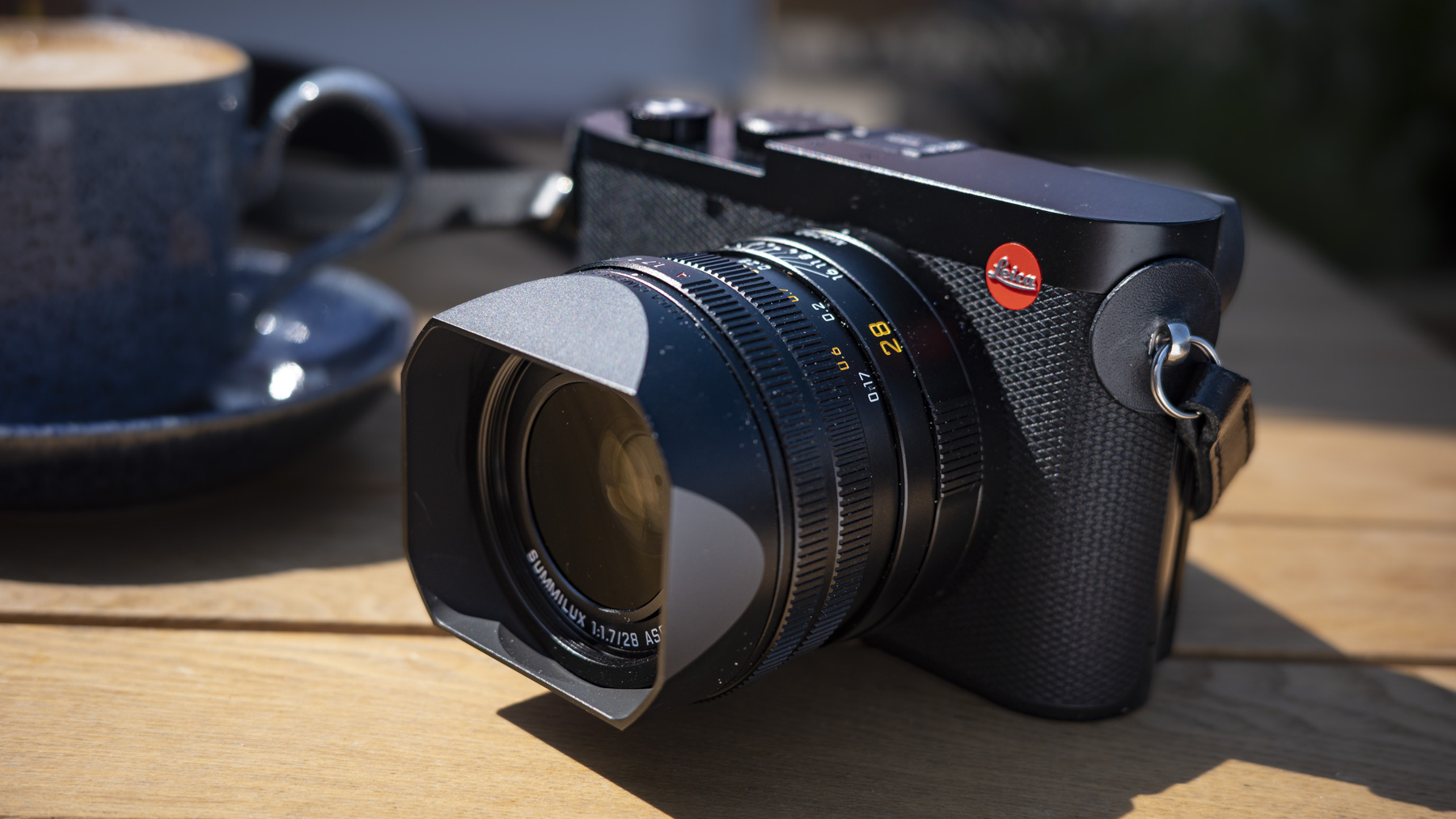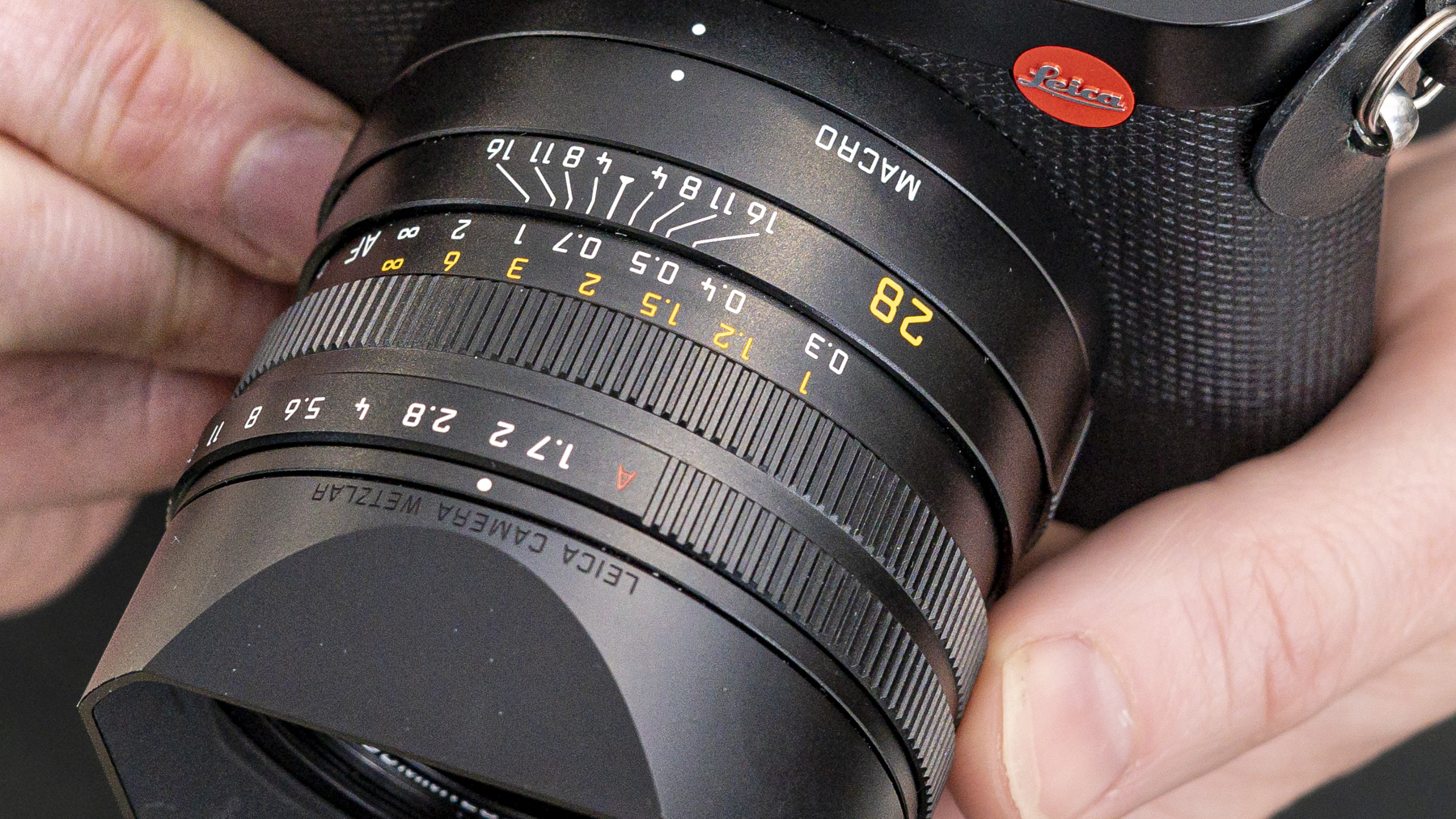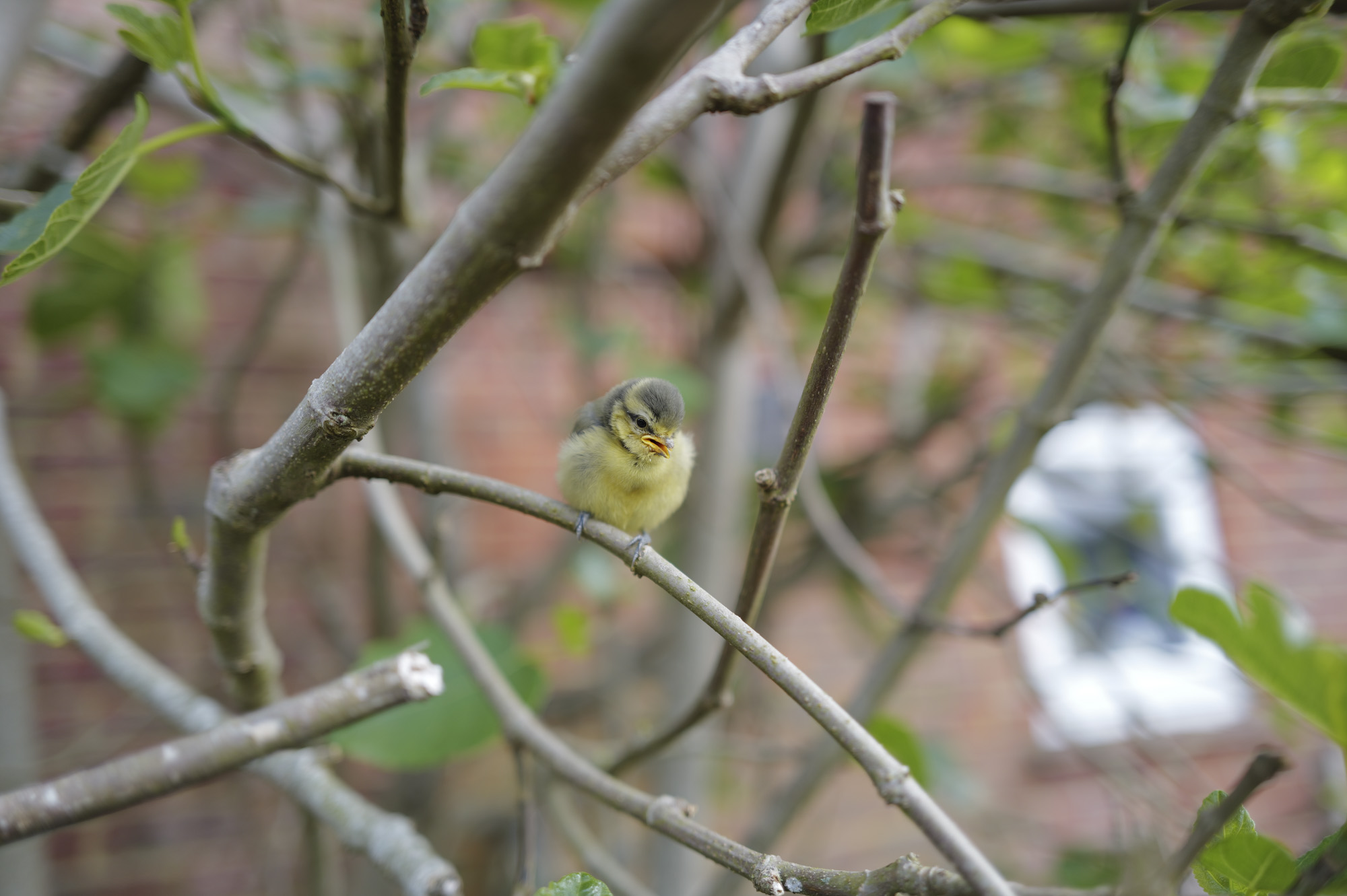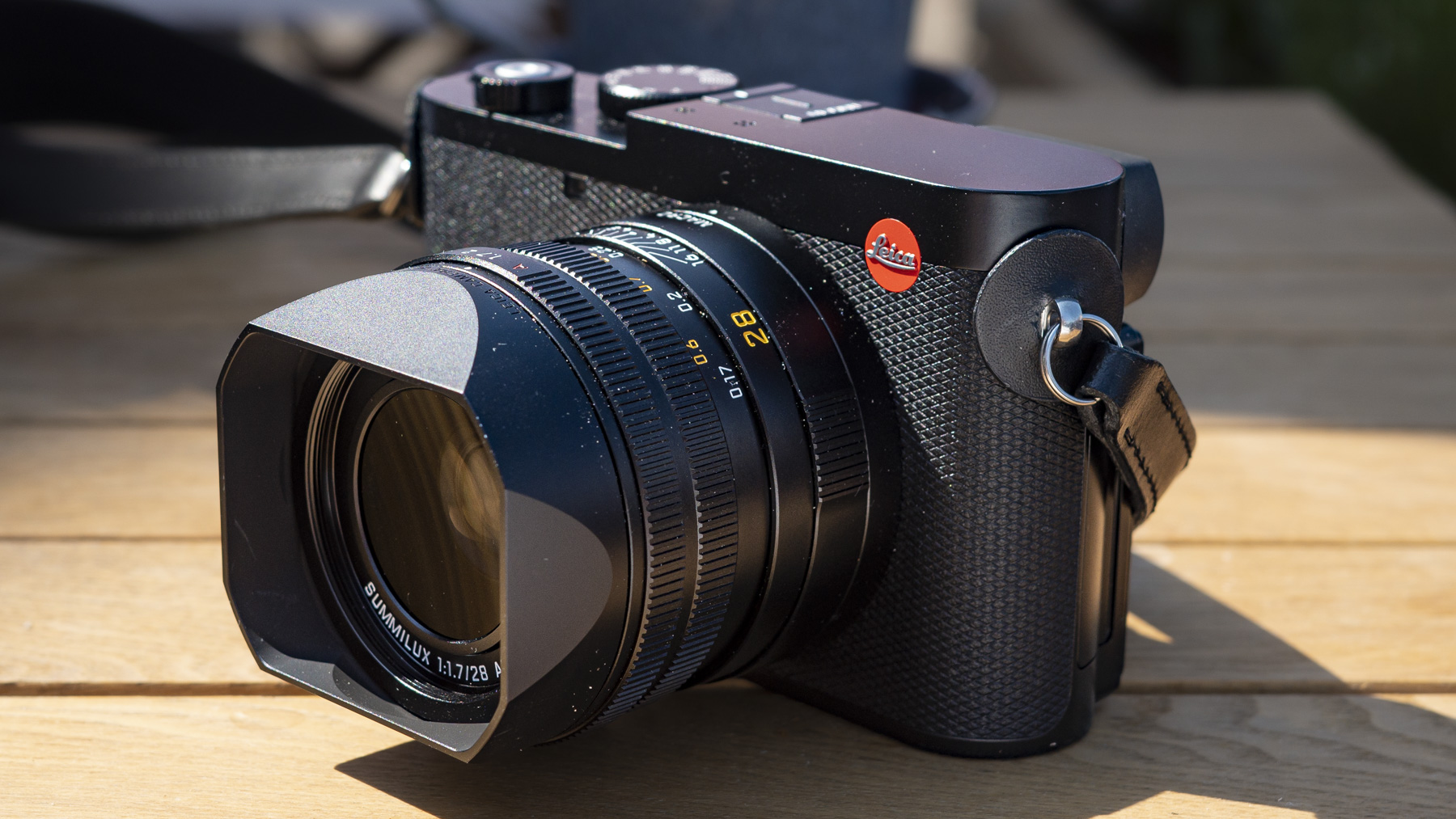
The 2023 TechRadar Choice Awards was dominated by big brands like Sony and DJI and featured the best mirrorless cameras, like the Sony A7R V. I’ve had the pleasure of reviewing most of the award-winning models throughout the year, so surely one of those models was my personal favorite. Actually, no. There was another beauty that I truly enjoyed above the rest… the Leica Q3.
For me, having a camera I want to use is more important than what it can do. I’ve used highly capable cameras that get the job done with great competency yet don’t excite me – like 2023’s best video camera, the Panasonic S5 II – and I’m less likely to go for a walk with them.
If I’m going to use a creative tool regularly, I need to feel compelled to pick it up, and the Q3 did that for me. It was the hardest camera to give back this year after my review period had finished and is the premium compact camera. Like the Hasselblad X2D 100C, the Q3 handles beautifully for taking pictures. If I could have one camera by my side, the Q3 would be it… if I could afford it. So, what’s so special about the Leica Q3, and what's the one thing against it?
1. That lens

The Leica Q3 boasts the best fixed lens in the business. It’s a 28mm f/1.7, which is a similar field of view to your smartphone’s main camera but with razor-sharp detail. Yet, above its quality, what I love most is how the lens handles. Yes, back to the feeling again. First, it’s equipped with autofocus – unusual for a Leica – and is Leica’s best autofocus. However, the design is geared toward those who prefer manual control – you can forget this is an autofocus camera. There’s a button on the underside that when pressed and combined with a small rotation of the barrel, switches between auto and manual focus. As you select manual focus, a section of the barrel shifts to reveal a focus distance scale, which is otherwise hidden when using autofocus. It’s utterly gorgeous, and I honestly let out a giggle of pleasure when first discovering this control. This is camera design at its finest. The lens even has an impressive close minimum focus distance that unlocks decent macro photography capabilities, so it's versatile, too.
2. The 61MP full-frame sensor


I love the idea and simplicity of a professional-quality camera with fixed lens – the Fujifilm X100 V and Sony RX1 series are other prime examples – but on the flip side, you are restricted to the focal length of the lens. You can’t swap it out for a telephoto optic when there’s wildlife about. What's supremely helpful, then, is the Q3’s class-leading 61MP resolution. With that abundance of pixels, you can crop into the full picture and still enjoy decent detail – effectively gaining a more telephoto lens. In fact, Leica makes this as simple as possible by offering in-camera crop modes that simulate the 35mm, 50mm, 75mm, and 90mm focal lengths. If you're going for one lens only, it's better if it’s wide and able to crop in. It’s also why the compact 61MP Sony A7C R is a better, if pricier, option than the Sony A7C II, which has half the pixels, and makes it one of the best travel cameras.
3. Unadulterated simplicity

Almost all the leading camera brands hail from Japan, where today's professional camera design philosophy is to give the users everything they could need; a bounty of custom buttons and dials, complex autofocus modes, picture profiles, and so on. Leica and Hasselblad follow a different philosophy: simplicity. I love that the Q3 only has a single in-camera color profile, with universal DNG raw format accepted by all the leading photo editors. I love having fewer autofocus modes to choose from. In a way, it’s restricting, but in another way, it’s creatively freeing. It’s also purpose-built for photography in a way that a phone isn’t, and I unpacked this when pitting the Q3 against one of the best camera phones in 2023. It’s unadulterated photographic simplicity.
Why I’ll never buy a Q3

I love the Leica Q3, but I’ll never buy it. Not because I don’t want to – on the contrary, I’d love a Q3 as my everyday camera – but simply because it's too expensive, costing $5,995 / £5,300 / AU$9,790. At the time of writing, months after its launch, demand outweighs supply, and the Q3 is, therefore, still listed as pre-order at most retailers. Used Q3’s are available for around 10% more than the list price. Unavailability might make me want a Q3 even more, but the simple fact is I couldn’t even afford it if it was available.
A friend recently acquired his dream camera, a Leica Q2, out of a combination of circumstance and generosity from an acquaintance. That camera would be great too, although I do also love the tilt-screen of the Q3. Ultimately, regular people can’t buy digital Leicas, and that’s a pity. It’s a crazy world we live in where an everyday camera costs north of $5,000. Still, for those who can’t afford one, 2024 could bring some excellent alternatives at a much lower price. There's a rumored Fujifilm X100R and Ricoh GR IV on the horizon, and Sony might even rekindle its RX1 series years after the last model. 2024 could be a real treat.







